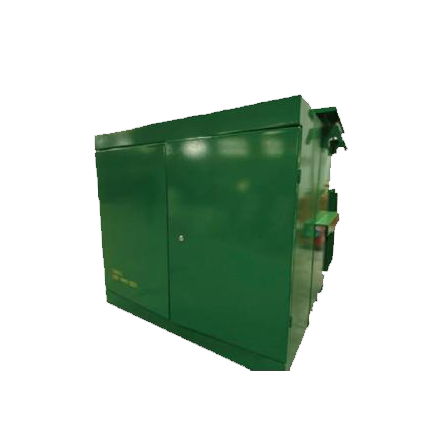Chemical Conundrum: A Comprehensive Guide to Pre-Usage Precautions
2 min readIn the realm of science, chemicals are the building blocks of everything we see, touch, and feel. However, when it comes to handling chemicals, especially in a laboratory or industrial setting, the stakes are high. The question then arises, What should you do before using a chemical? This article aims to provide a comprehensive guide to the precautions one must take before using a chemical, ensuring safety and efficiency.
- Understand the Chemical:
Before you even touch a chemical, it is crucial to understand its properties. This includes its physical and chemical properties, reactivity, toxicity, and potential health hazards. Resources like Material Safety Data Sheets (MSDS) or Safety Data Sheets (SDS) provide this information.
- Proper Training:
Ensure you have received the necessary training to handle the chemical safely. This includes understanding the correct handling and storage procedures, emergency response, and disposal methods.
- Personal Protective Equipment (PPE):
Depending on the chemical's nature, different types of PPE may be required. This can range from gloves and lab coats to respirators and eye protection. Always ensure your PPE is in good condition and fits correctly.
- Safe Storage:
Chemicals should be stored according to their compatibility groups to prevent dangerous reactions. Flammable chemicals should be kept away from heat sources, while corrosive chemicals should be stored in corrosion-resistant containers.
- Emergency Preparedness:
Before using a chemical, ensure you are familiar with the emergency procedures. This includes knowing the location and operation of safety equipment like fire extinguishers, eye wash stations, and emergency showers.
- Proper Ventilation:
Ensure the area is well-ventilated to prevent the buildup of harmful fumes. Some chemicals may require the use of a fume hood.
- Waste Disposal:
Before starting your work, understand the correct disposal methods for the chemical waste. Improper disposal can lead to environmental damage and potential legal repercussions.
- Risk Assessment:
Perform a risk assessment to identify potential hazards and implement control measures. This should consider the chemical's properties, the quantity being used, and the procedures involved.
- Labeling:
Ensure all chemicals and their waste are correctly labeled to prevent confusion and potential mishandling.
- Documentation:
Keep accurate records of the chemicals used, quantities, procedures, and any incidents. This can aid in future risk assessments and investigations.
In conclusion, the question, What should you do before using a chemical? is multifaceted and requires a comprehensive understanding of the chemical, its potential risks, and the necessary precautions. By adhering to these guidelines, one can ensure a safe and productive environment when handling chemicals.

